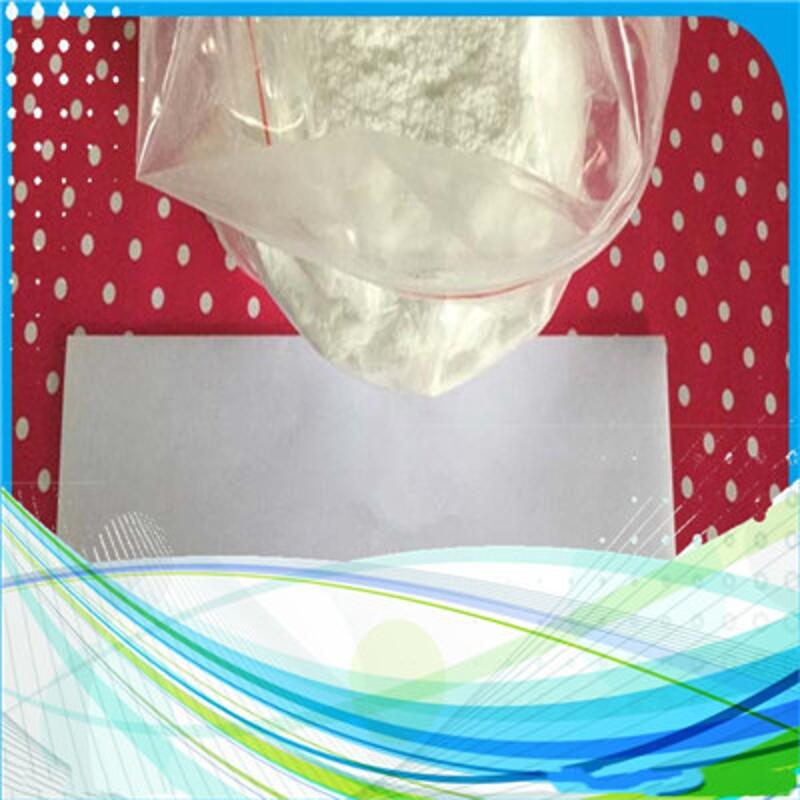-
Categories
-
Pharmaceutical Intermediates
-
Active Pharmaceutical Ingredients
-
Food Additives
- Industrial Coatings
- Agrochemicals
- Dyes and Pigments
- Surfactant
- Flavors and Fragrances
- Chemical Reagents
- Catalyst and Auxiliary
- Natural Products
- Inorganic Chemistry
-
Organic Chemistry
-
Biochemical Engineering
- Analytical Chemistry
-
Cosmetic Ingredient
- Water Treatment Chemical
-
Pharmaceutical Intermediates
Promotion
ECHEMI Mall
Wholesale
Weekly Price
Exhibition
News
-
Trade Service
Handy γ amino butyric acids are key structural units for the synthesis of some drugs.
hydrolysis enzyme catalysis 3- instead of diazole to symmetrical hydrolysis, is an effective method for synthesizing these compounds.
currently, the tested pyridolytic enzymes on 3-alkyl or 3-aromatogen diazole usually produce (S)-configuration products, while (R)-configuration products have a lower value for the over-reflection.
directional evolution is an effective means to realize the three-dimensional preference flipping of enzymes, but it is still challenging to realize the three-dimensional selective flipping on the basis of non-loss of enzyme activity.
Zhu Dunming, Wu Qiqing and part-time researcher Lin Jianping, researchers at the Tianjin Institute of Industrial Biotechnology of the Chinese Academy of Sciences, led the team through synechocystis sp. PCC6803's SsNIT substrate combined with the mirror analysis of the pocket, found that the two key amino acid residues W170 and V198 affecting stereo selectivity are in the mirror position, respectively, with the substrate substrate subsolution carbon atom two substrate interaction, and their volume differences are large.
by replacing the positions of the two amino acid residues, the three-dimensional preference of the enzyme on the hydrolytic reaction of 3-iso-butyl diazole is realized.
further using fixed-point mutation and combination mutation, remodeled its substrate binding pocket, obtained high stereoscopic selectivity (-gt;99% ee) and active mutant E8.
the mutant's efficient catalytic 400mM concentration of 3-isodyl diazole selective hydrolysis, generating (R)-3-isopropyl-4-cyanide butyric acid, separation yield of 97%, the yield of the product is greater than 99%.
researchers explored the substrate specificity of mutants and found that they achieved stereo-selective flipping of 3-alkyl and 3-aromatic replacements, especially for alkyl substrates.
this study provides a new strategy and method for the stereoscopic selective modification of the de-symmetric reaction of pyridolytic enzymes and other enzyme catalytic symmetrical compounds.







